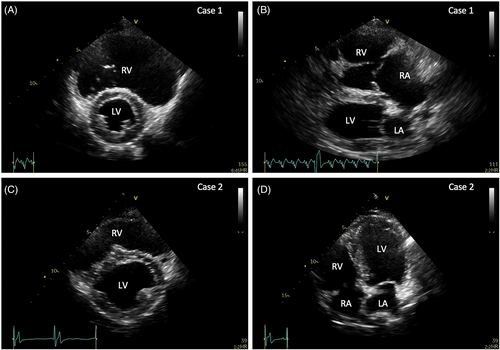Title: Antiparasitic treatment with itraconazole and amiodarone in 2 dogs with severe, symptomatic Chagas cardiomyopathy
Authors: Elizabeth L. Malcolm, Ashley B. Saunders, Jordan P. Vitt, Bruno G. Boutet, and Sarah A. Hamer
Journal/Date of Publication: Journal of Veterinary Internal Medicine, 2022
DOI: 10.1111/jvim.16422
Objective: To describe 2 dogs with severe, symptomatic Chagas cardiomyopathy characterized by myocardial dysfunction and electrocardiographic abnormalities that were managed with a combination of cardiac medications and antiparasitic treatment with itraconazole and amiodarone.
Type of Study: Case Report
Conclusions:
- The combination of itraconazole and amiodarone was used to manage symptoms of Chagas cardiomyopathy.
- Both dogs died suddenly within six months, highlighting the challenges in treating advanced Chagas disease and the need for more effective antiparasitic protocols.
Clinical Application
- Combination therapy with itraconazole and amiodarone can be considered for managing symptomatic Chagas cardiomyopathy, though close monitoring is essential due to potential adverse effects.
- Early detection and treatment of T. cruzi infection are critical as advanced cases have poor prognosis.
- Awareness of antiparasitic treatment limitations emphasizes the importance of preventive measures against Chagas disease in endemic areas.


